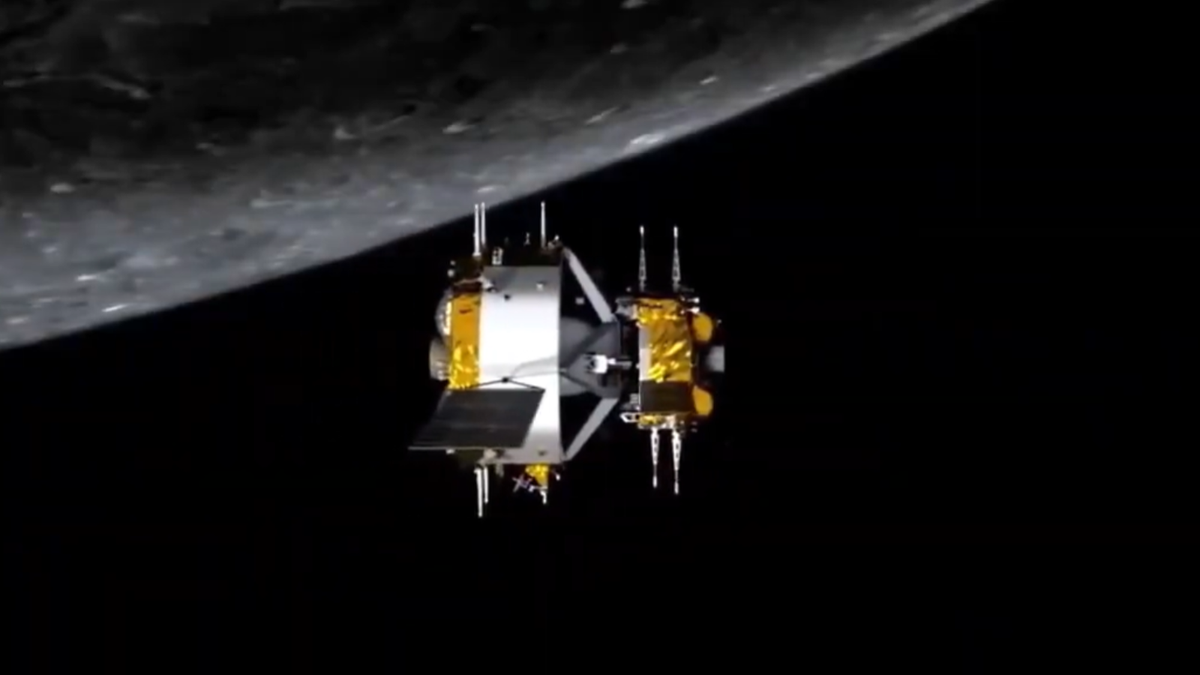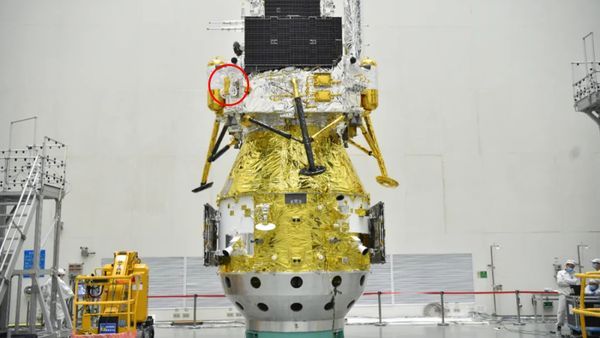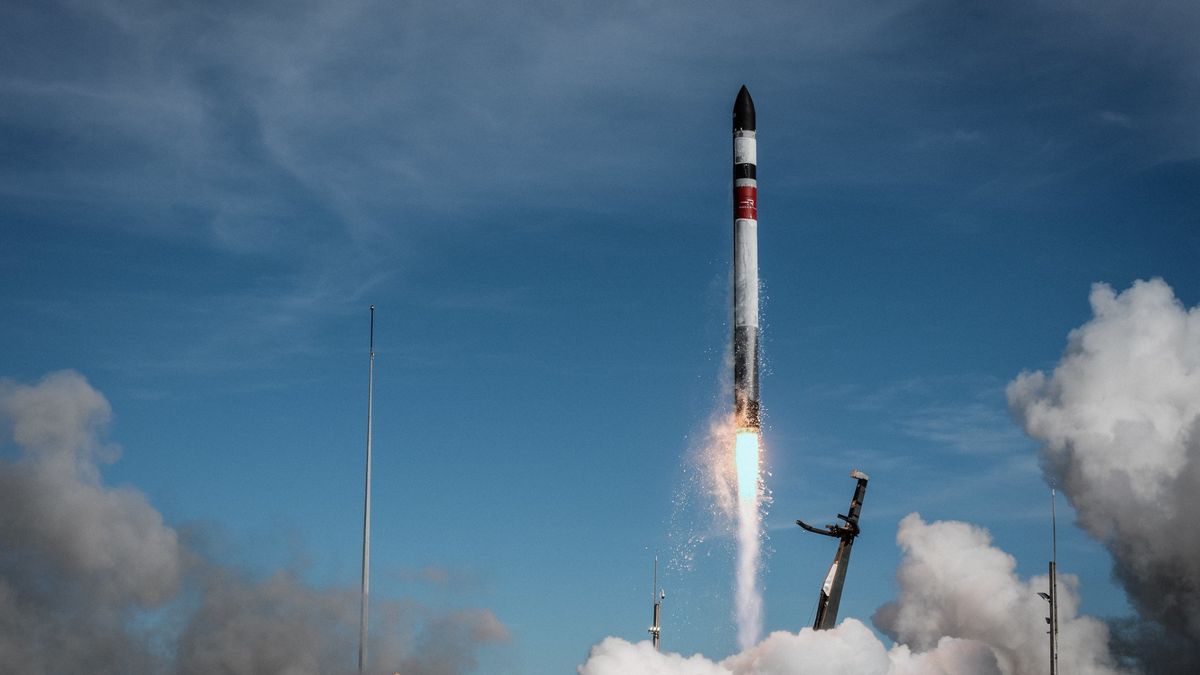Chang’e 6 Mission: Historic Sample Transfer from Far Side of the Moon
China’s Chang’e 6 mission is making history by collecting the first samples ever retrieved from the far side of the moon. The mission has now successfully transferred those samples between spacecraft in orbit, a crucial step before returning them to Earth.
According to the China National Space Administration (CNSA), the Chang’e 6 ascender and its orbital module rendezvoused and docked at 2:48 p.m. Beijing time on Thursday. The safe transfer of the lunar sample container was completed by 3:24 p.m. Beijing time, marking the second time a CNSA spacecraft has achieved lunar orbit rendezvous and docking, following the Chang’e 5 mission.
Exploring the Far Side of the Moon
Chang’e 6 landed in the unexplored Apollo Basin crater within the South Pole-Aitken Basin on the far side of the moon, becoming only the second mission to achieve a soft landing in this challenging area. China is currently the only country to successfully land on the far side of the moon, with the previous success being the Chang’e 4 mission.
Live footage of the Chang’e 6 docking procedure was shared on the CNSA’s Weibo account and CNSA Watcher X feed, offering a glimpse of this historic moment.
“From the lunar orbit hardcore blockbuster! Chang’e 6 ascender and orbit return combination rendezvous docking and sample transfer video!” CNSA Watcher tweeted.
Sample Transfer Process
After the Chang’e 6 rocket, carrying the mission’s lander and samples, entered lunar orbit, it approached the Chang’e 6 orbiter for the sample transfer. The weight difference between the ascender and orbiter required precise maneuvers to avoid collision during the transfer.
The rendezvous and docking process used a “handshake” and “hold tight” method, taking around 21 seconds to complete. The ascender then transferred the lunar soil sample through a narrow channel to the returner for the journey back to Earth.
An animation detailing the sample transfer process is available on the CNSA YouTube channel for those interested in the technical aspects of the mission.
Return to Earth
Following the sample transfer, the ascender separated from the orbiter, which will continue orbiting the moon until an optimal window for transfer to an Earth orbit. The orbiter is expected to return to Earth on June 25, releasing the sample return canister for recovery.
Scientists hope that studying these samples will unlock mysteries about the moon’s far side, including the absence of dark basaltic lava flows known as “lunar maria” that dominate the near side. The findings could provide valuable insights into the moon’s geological history.
Image/Photo credit: source url





